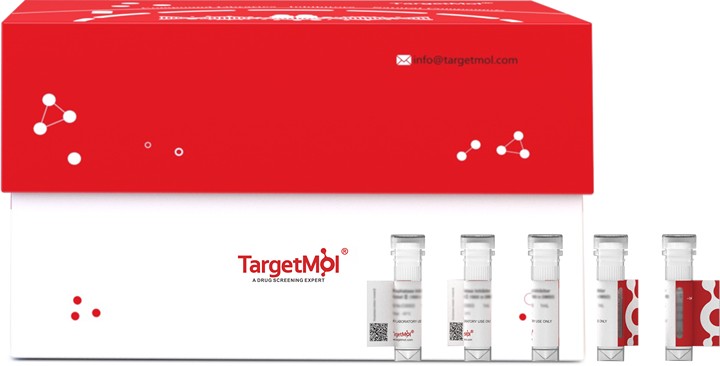购物车
- 全部删除
 您的购物车当前为空
您的购物车当前为空

IGF2/IGF-II Protein, Human, Recombinant (hFc & Avi), Biotinylated is expressed in HEK293 Cells. The accession number is P01344-1.

| 规格 | 价格 | 库存 | 数量 |
|---|---|---|---|
| 20 μg | ¥ 2,930 | 期货 | |
| 100 μg | ¥ 6,800 | 期货 |
| 生物活性 | Immobilized IGFBP4 Protein, Human, Recombinant (His) (Cat#TMPY-00836) at 2 μg/mL (100 μL/well) can bind IGF2/IGF-II Protein, Human, Recombinant (hFc & Avi), Biotinylated (Cat#TMPY-07106) ,the EC50 is 50-150 ng/mL. |
| 产品描述 | IGF2/IGF-II Protein, Human, Recombinant (hFc & Avi), Biotinylated is expressed in HEK293 Cells. The accession number is P01344-1. |
| 种属 | Human |
| 表达系统 | HEK293 Cells |
| 标签 | C-hFc-Avi |
| 蛋白编号 | P01344-1 |
| 别名 | SRS3,PP9974,PP1446,IGF-II,GRDF,FLJ44734,C11orf43 |
| 蛋白构建 | A DNA sequence encoding the Human IGF2 (P01344-1)(Ala25-Glu91) was expressed with a c-terminal AVI tagged Fc region of human IgG1 at the C-terminus (Fc-AVI). The expressed protein was biotinylated in vivo by the Biotin-Protein ligase (BirA enzyme) which is co-expressed. |
| 蛋白纯度 | ≥ 95% as determined by SDS-PAGE. ≥ 90% as determined by SEC-HPLC. |
| 分子量 | 36.93 kDa (predicted); 43.7 kDa (reducing contition) |
| 内毒素 | < 1.0 EU per μg protein as determined by the LAL method. |
| 缓冲液 | Lyophilized from sterile PBS, pH 7.4. Please contact us for any concerns or special requirements. Normally 5 % - 8 % trehalose, mannitol and 0.01% Tween 80 are added as protectants before lyophilization. Please refer to the specific buffer information in the hardcopy of datasheet or the lot-specific COA. |
| 复溶方法 | Please refer to the lot-specific COA. |
| 存储 | It is recommended to store recombinant proteins at -20°C to -80°C for future use. Lyophilized powders can be stably stored for over 12 months, while liquid products can be stored for 6-12 months at -80°C. For reconstituted protein solutions, the solution can be stored at -20°C to -80°C for at least 3 months. Please avoid multiple freeze-thaw cycles and store products in aliquots. |
| 运输方式 | In general, Lyophilized powders are shipping with blue ice. |
| 研究背景 | Insulin-like growth factor 2 (IGF-2/IGF-II) is a member of the insulin family of polypeptide growth factors, which are involved in development and growth. It is an imprinted gene, expressed only from the paternal allele, and epigenetic changes at this locus are associated with Wilms tumor, Beckwith-Wiedemann syndrome, rhabdomyosarcoma, and Silver-Russell syndrome. IGF-2/IGF-II is a mediator of prolactin-induced alveologenesis; prolactin, IGF-2, and cyclin D1, all of which are overexpressed in breast cancers, are components of a developmental pathway in the mammary gland. IGF-2 and exhibited statistically significant, positive associations with colorectal cancer risk when cases were confined to those diagnosed within a relatively short period after enrolment. Circulating IGF-2 and IGFBP-3 can serve as early indicators of impending colorectal cancer. IGF-2/IGF-II appears to be involved in the progression of many tumors. It binds to at least two different types of receptors: IGF type 1 (IGF 1R) and mannose 6-phosphate/IGF type 2 (M6-P/IGF 2R). Ligand binding to IGF 1R provokes mitogenic and anti-apoptotic effects. M6-P/IGF 2R has a tumor suppressor function—it mediates IGF 2 degradation. Mutation of M6-P/IGF 2R causes both diminished growth suppression and augmented growth stimulation. This study aimed to investigate the role of IGF 2 and its receptors (IGF 1R and IGF 2R) in human gastric cancer. |